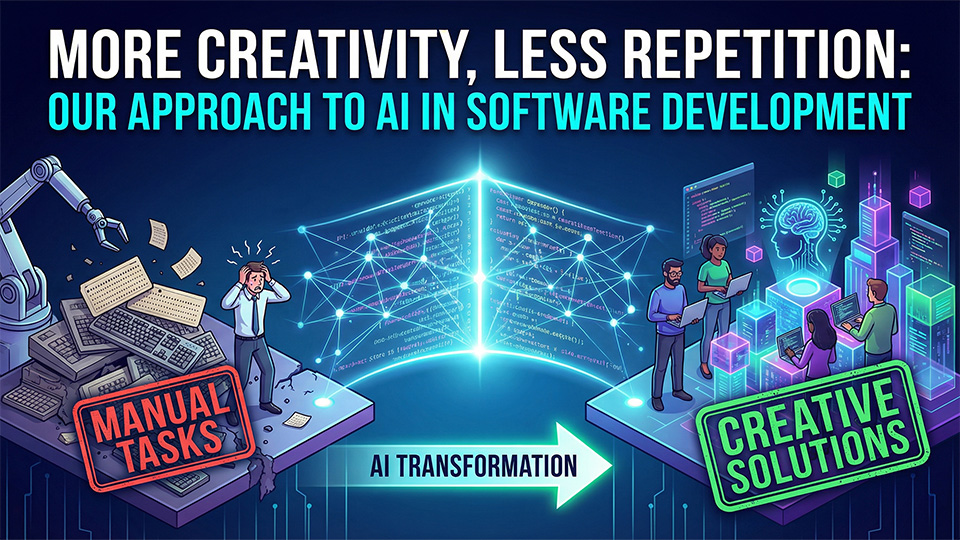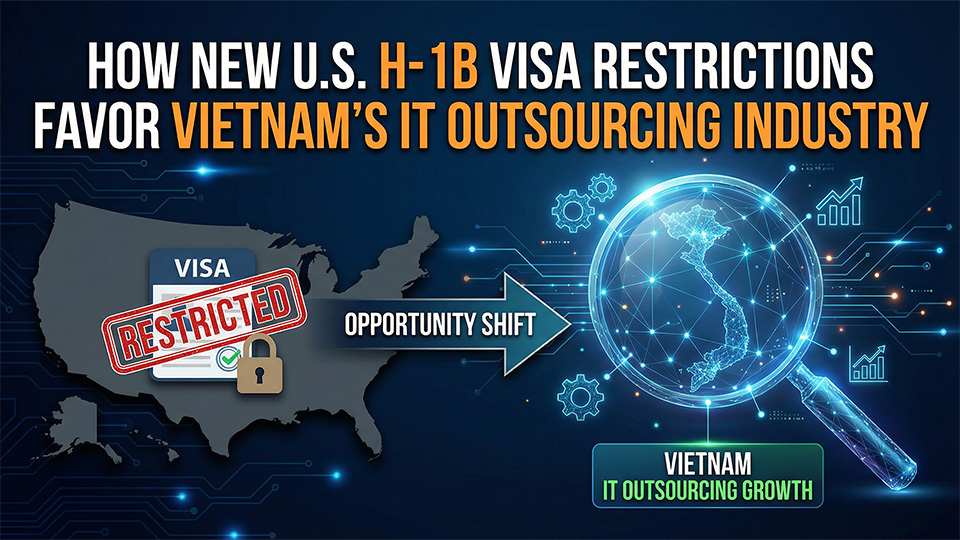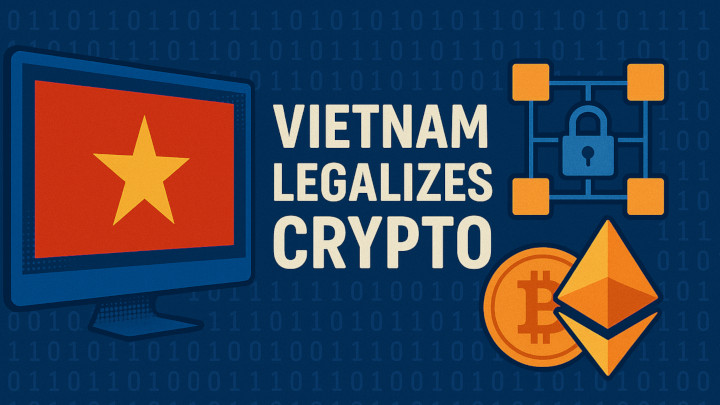April 21, 2025
GPT-4.1: How AI is Changing the Way Programmers Work
Introduction: The AI Co-Pilot
The world of software development is undergoing a revolution, and AI is leading the charge. OpenAI's newest creation, GPT-4.1, is making waves in the industry with its family of models: GPT-4.1, GPT-4.1 mini, and GPT-4.1 nano.
Why are programmers buzzing with excitement? Because GPT-4.1 isn't just another update—it's transforming how coding actually happens. Imagine having an assistant that understands your instructions perfectly, writes efficient code, and learns your preferences over time.
This article goes beyond the typical feature list. We'll explore how GPT-4.1 is reshaping the daily work of developers. You'll discover how this technology can help you spend less time debugging and more time on high-value tasks like project planning and creative problem-solving. Ready to see how AI can supercharge your coding productivity? Let's dive in.
I. What Everyone Already Knows (A Quick Summary)
1. The GPT-4.1 Family: What It Can Do
OpenAI's new GPT-4.1 family includes three powerful models, each with unique strengths:
The standout feature? All models handle up to 1 million tokens, allowing them to process entire codebases at once.

Key features of GPT 4.1:
Expanded Context Window: Supports a very large context window of up to 1 million tokens for handling extensive texts and codebases.
Superior Coding Abilities: Significantly surpasses previous models (GPT-4o, GPT-4.5) in coding benchmarks and is engineered for production-grade software development tasks, code diffs, and agent reliability.
Enhanced Instruction Following: Demonstrates improved accuracy and reliability in following complex instructions, including those with negative constraints and multi-part ordered steps.
Improved Long Context Handling: Exhibits enhanced long-context comprehension, avoiding "lost in the middle" errors and successfully retrieving information from very long documents.
Enhanced Multimodal Strength: Exhibits improved handling of images, charts, video comprehension, and visual reasoning capabilities.
2. How It Performs in the Real World
GPT-4.1: How Does It Stack Up? A Quick Look at the Competition
GPT-4.1 raises the bar, but how does it fare against the other big players? Here’s a streamlined breakdown to cut through the hype:
The Bottom Line:
GPT-4.1 finds a sweet spot. It’s not always the absolute leader in every single metric, but it offers a powerful blend of:
Coding Prowess: Expect cleaner code reviews and more precise instruction following.
Speed & Reliability: Low latency for interactive applications, and consistent performance you can count on.
Versatility: A strong all-rounder, suitable for a wide range of tasks.
If you need the absolute cheapest option, or have workloads that demand extreme context lengths even at the cost of accuracy, other models might be worth a look. But for a robust, versatile AI workhorse that balances performance, speed, and cost, GPT-4.1 is a top contender.
3. Where You Can Use It
Quick access options:
1. OpenAI API - For custom integrations into your applications
2. GitHub Copilot - Select "GPT-4.1 (Preview)" in Visual Studio Code
3. Coding assistants - Windsurf and VS Code offer integration, often with free trials
Popular use cases:
Automatic bug detection across programming languages
Document analysis and information extraction
Codebase structure analysis and optimization
Personalized support systems with memory
Note: GPT-4.1 is not yet available in the standard ChatGPT web interface—developer tools are currently your gateway to these capabilities.
II. What No One Else Is Talking About (Your Competitive Edge)
1. Programmers: From Code Writers to AI Managers
The biggest change in programming isn't just smarter code tools—it's a complete transformation of what developers actually do day-to-day. Today's programmers are becoming AI conductors rather than typing out every line of code themselves.
With GPT-4.1 handling the repetitive coding tasks, you're free to focus on work that truly matters: designing the big picture, solving the tough problems, and making sure everything works together perfectly. This shift doesn't push developers out—it gives them superpowers.
Learning to "speak AI" through prompt engineering is becoming just as valuable as traditional coding skills. Developers who can clearly communicate what they need from AI tools have a huge advantage. This is why GitHub built GPT-4.1 directly into Copilot—to bring this AI assistance right into your existing workflow.

Here's the truth: GPT-4.1 isn't coming for your job—it's removing the boring parts so you can focus on the creative, complex challenges that actually require human insight.
The Numbers Behind the Revolution
GPT-4.1 successfully completed almost 55% of tasks in the SWE-bench Verified benchmark—a massive 21% improvement over previous versions.
When building user interfaces, human experts preferred GPT-4.1's work 80% of the time thanks to cleaner designs and more intuitive user experiences.
The new model is significantly better at suggesting code changes in "diff" format (showing exactly what needs to be added or removed), beating previous version GPT‑4.5 by 8% in accuracy.
GPT-4.1 makes far fewer unnecessary edits—just 2% compared to 9% in earlier versions.
Real-world examples:
Windsurf observed a 60% higher score for GPT-4.1 on their internal coding benchmark, correlating with a significantly higher rate of first-review code acceptance and improved efficiency in tool calling and reduced unnecessary edits.
Qodo's testing on real-world GitHub pull requests revealed that GPT-4.1 provided better code review suggestions in 55% of cases compared to other leading models, demonstrating excellence in precision and comprehensive analysis of critical issues.
What this means for you: less time fixing AI mistakes, more time building amazing software.
2. Using GPT-4.1 in Your Daily Work
Ready to incorporate GPT-4.1 into your workflow? Start with specific instructions—GPT-4.1 excels when given clear guidance.
The million-token context window is a game-changer. Load entire files or even multiple files at once, giving GPT-4.1 the full picture. This results in more contextually aware suggestions and helps identify dependencies across files—something previous AI models struggled with.
For access, connect through the OpenAI API, or use it directly in VS Code by selecting "GPT-4.1 (Preview)." It's also available in GitHub Copilot and several coding assistants like Windsurf, often with free trials.
The most effective approach? Use GPT-4.1 as a collaborative partner. Let it handle repetitive tasks while you focus on the creative aspects that truly need human insight.
3. Checking the AI's Work: Humans Still Matter
Despite its impressive capabilities, GPT-4.1 isn't infallible. Human oversight remains essential when working with AI-generated code.
Even with recent advancements, GPT-4.1 occasionally produces errors or relies on outdated information. In benchmark tests, it performed better than competitors in code reviews 55% of the time—but that still leaves a significant gap where human expertise makes the difference.
The winning formula combines AI efficiency with human judgment. Let GPT-4.1 handle the heavy lifting, but always apply your expertise to validate the output and ensure alignment with business requirements.
4. Is It Worth the Cost?: The ROI of AI Coding
The GPT-4.1 family includes affordable options like GPT-4.1 mini (83% cheaper than GPT-4o) and GPT-4.1 nano (just $0.10 per million input tokens). This tiered pricing lets you match capabilities to your budget.
The ROI comes from tangible productivity gains. Teams using GPT-4.1 report faster project completion and fewer errors. Windsurf users saw a 60% improvement in code changes being accepted on first review—meaning less back-and-forth and more time building valuable features.
For complex projects, the million-token context window dramatically reduces time spent explaining system architecture or navigating large codebases. Start with smaller tasks to measure time saved, then gradually expand to more complex scenarios as you quantify the benefits.
Conclusion
GPT-4.1 represents a significant leap forward in AI-powered coding assistance. Throughout this article, we've seen how it enhances productivity across various development tasks while enabling programmers to shift toward higher-level work that truly benefits from human creativity and expertise.
The future of software development isn't about AI replacing programmers—it's about powerful collaboration. As these tools evolve, the most successful teams will be those who effectively combine AI's efficiency with human insight.
GPT-4.1 handles routine tasks, generates code, and spots common issues, while developers focus on architecture, complex problem-solving, and ensuring the final product meets business needs.
This partnership leads to better software, faster development cycles, and more fulfilling work. Developers spend less time on repetitive tasks and more time on creative challenges that actually require human intelligence.
Ready to explore the transformative potential of AI in your development process? Contact the experts at Dirox today to learn how GPT-4.1 can revolutionize your coding workflow.






























.svg)













